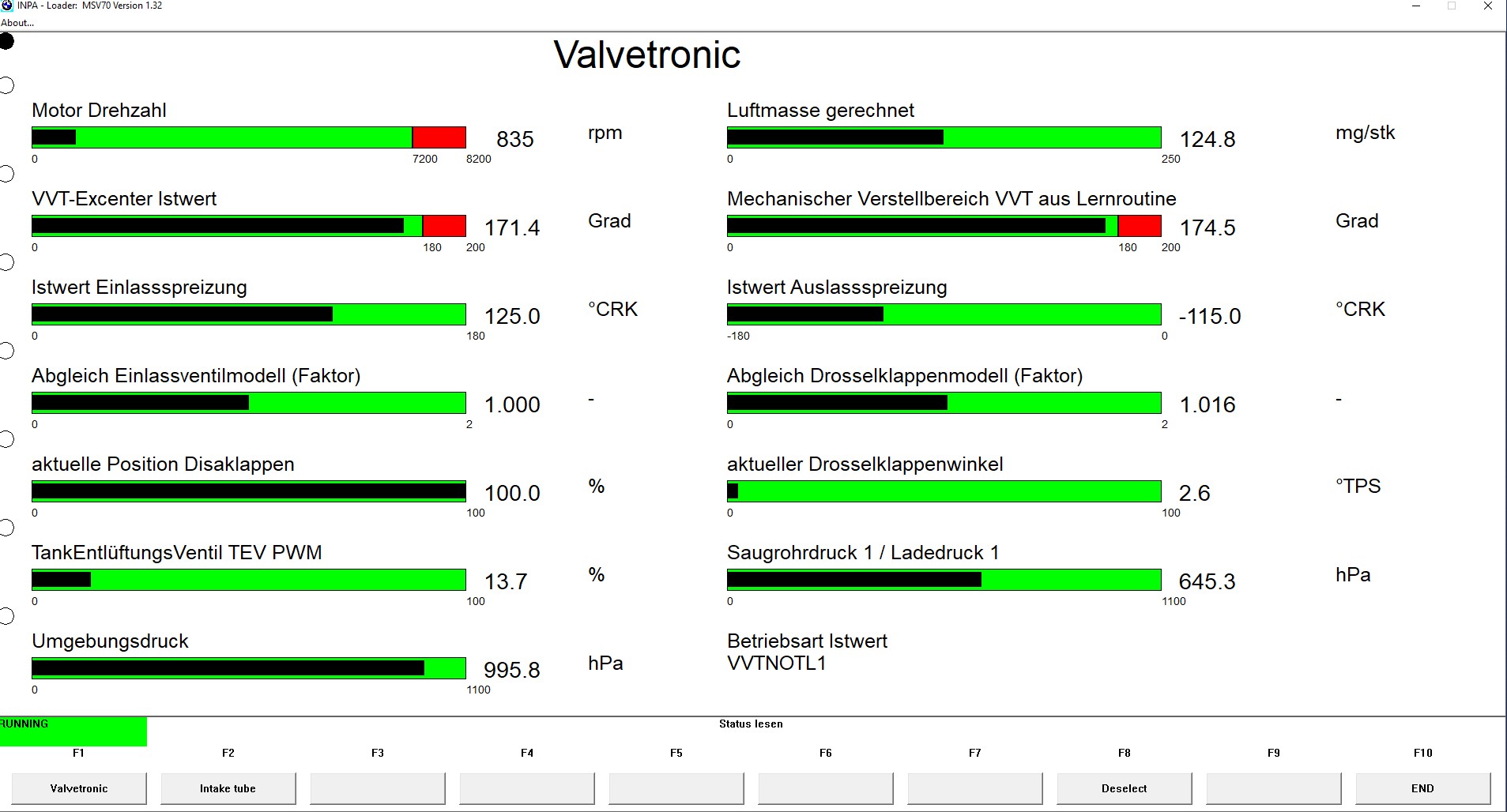The Bmw 2a39 error code indicates an issue with the Variable Valve Timing (VVT) system, specifically the exhaust camshaft. This can lead to performance problems and reduced fuel efficiency. This article explores the common causes of the 2A39 code in BMWs, particularly in the N52 engine, and provides potential solutions.
Understanding the BMW 2A39 Code
The 2A39 code signifies a problem with the exhaust camshaft’s position control. The engine’s computer (DME) detects that the camshaft is not in the desired position, triggering the fault code. This malfunction can stem from various issues within the VVT system.
Common Symptoms of the 2A39 Fault
Experiencing the 2A39 error code often accompanies noticeable symptoms:
- Limited RPM: The engine may not rev beyond 6500 RPM, a default safety limit imposed when the DME detects a VVT issue. This rev limitation protects the engine from potential damage.
- Increased Fuel Consumption: A malfunctioning VVT system disrupts optimal combustion, leading to higher fuel consumption. This inefficiency can be significant depending on the severity of the VVT problem.
Potential Causes and Troubleshooting Steps for the 2A39 Code
Several factors can contribute to the 2A39 fault code:
- VVT Motor Malfunction: A faulty VVT motor can struggle to adjust the camshaft position correctly. Testing the motor’s functionality with diagnostic software like INPA, as described in the original post, can help determine if it’s the root cause.
- VVT Sensor Issues: A malfunctioning camshaft position sensor can provide inaccurate readings to the DME, leading to the 2A39 code. Checking the sensor’s wiring and connector for damage is a crucial initial step. Sensor replacement may be necessary.
- Wiring and Connector Problems: Damaged wiring or loose connections within the VVT system can disrupt communication between the DME and the VVT components. Thoroughly inspecting the wiring harness for any signs of damage is essential.
- Oil Sludge and Debris: Accumulated oil sludge and debris can hinder the VVT mechanism’s smooth operation. An engine oil flush and subsequent oil change with the correct BMW-specified oil can potentially resolve this issue.
- Software or Adaptation Issues: Sometimes, resetting the VVT adaptations using diagnostic software like INPA or ISTA can resolve the issue, particularly after working on the VANOS system.
Image: Example of VVT status displayed in INPA diagnostic software.
Solutions for the BMW 2A39 Code
Based on the potential causes, several solutions can be explored:
- VVT Motor Replacement: If the VVT motor is confirmed faulty, replacement is usually necessary.
- VVT Sensor Replacement: A faulty sensor requires replacement to restore accurate camshaft position readings.
- Wiring Repair or Replacement: Damaged wiring or connectors need repair or replacement to ensure proper signal transmission.
- Oil Change and System Cleaning: Regular oil changes and occasional engine flushes help prevent sludge buildup and maintain VVT system health.
- Software Updates and Adaptations: Ensuring the DME has the latest software updates and performing VVT adaptations using diagnostic tools can resolve software-related issues.
Image: Example of a diagnostic tool displaying the 2A39 error code.
Conclusion
The BMW 2A39 error code indicates a problem within the exhaust VVT system. Addressing this issue is crucial to restore optimal engine performance and fuel efficiency. By systematically troubleshooting the potential causes and implementing the appropriate solutions, you can resolve the 2A39 code and ensure your BMW runs smoothly. If the problem persists after attempting these solutions, consulting a qualified BMW technician is recommended.
